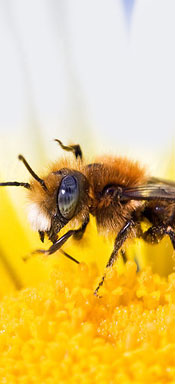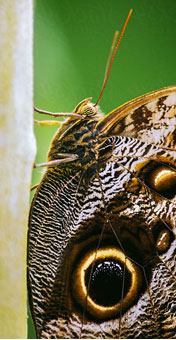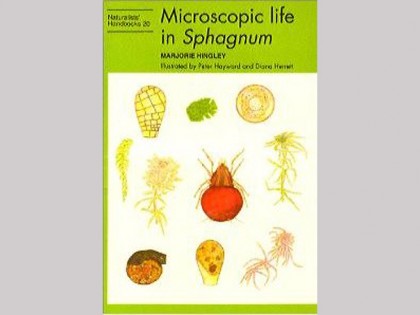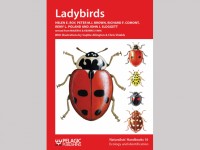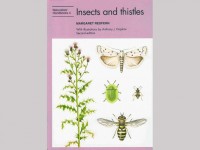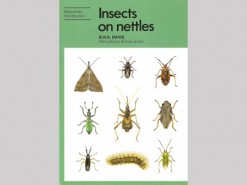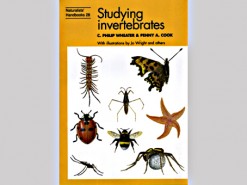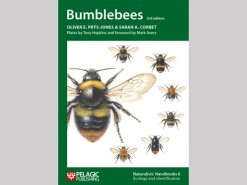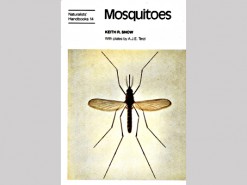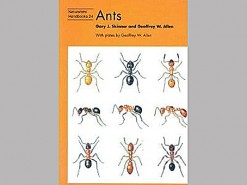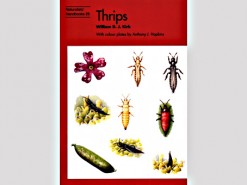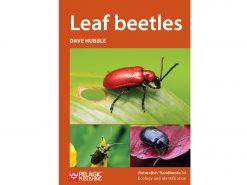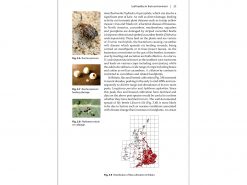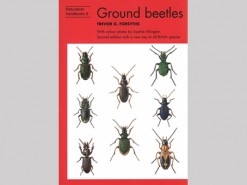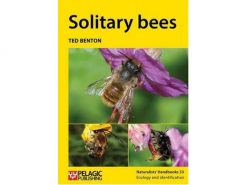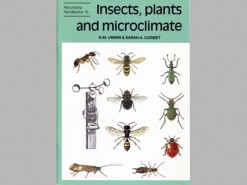The bogland habitat, which is often threatened by peat extraction, has very great natural history value. As well as the better-known plants, dragonflies and birds, it supports a unique community of microscopic animals and plants inhabiting the leaves and crevices of Sphagnum, the moss that dominates bog vegetation. Under the microscope, a drop of water squeezed from bog moss reveals a wonderful diversity of complex and distinctive organisms. This book makes that little-known community accessible to the non-specialist. The peculiar characteristics of the bog mass habitat are described, and the book introduces the natural history and ecological interrelationships of the microscopic organisms, focusing in particular on the more obvious and elegant groups: the desmids, doatoms, shelled amoebae and rotifers or wheel animalcules. Identification is assisted by the numerous detailed line illustrations and by the coloured plates. User-friendly keys will help the reader to allocate specimens to a group, and to name the more conspicuous genera of flagellates, desmids, diatoms, shelled amoebae and rotifers, as well as some species of Spaghnum.
References are given to more specialised literature for those who need to go further. There is a provisional list of species known to be associated with bog mosses, but the investigations stimulated by this book are expected to reveal many new associations.
Contents
Introduction – the bogland habitat
The Sphagnum plants and its physical and chemical environment
Life in Sphagnum
Identification: Key I Groups of organisms found in Sphagnum; Key II Some flagellates in Sphagnum; Key III Some genera of desmids in Sphagnum; Guide I Some genera and species of diatoms in Sphagnum; Key IV Some genera of testate rhizopods in Sphagnum; Key V Rotifers in Sphagnum; Guide II Some Sphagnum species common in Britain.


